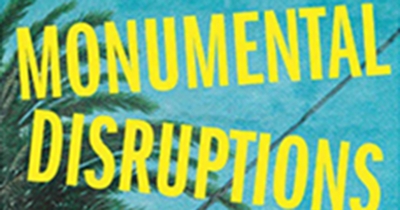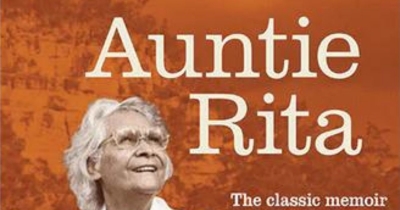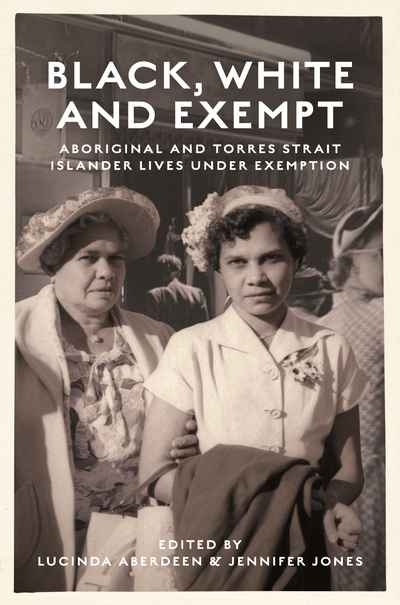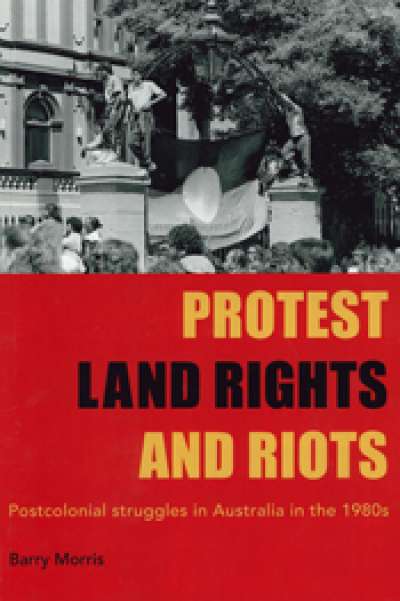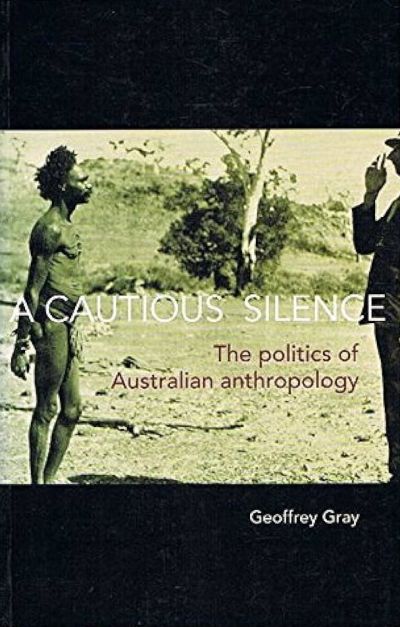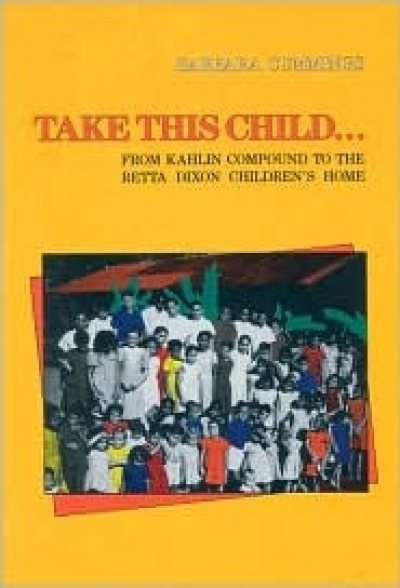Aboriginal Studies Press
Monumental Disruptions: Aboriginal people and colonial commemorations in so-called Australia by Bronwyn Carlson and Terri Farrelly
by Cole Baxter •
Auntie Rita: The classic memoir of an Aboriginal woman’s love and determination by Rita Huggins and Jackie Huggins
by Julie Andrews •
Black, White and Exempt: Aboriginal and Torres Strait Islander lives under exemption edited by Lucinda Aberdeen and Jennifer Jones
by Marilyn Lake •
Protests, Land Rights and Riots: Postcolonial struggles in Australia in the 1980s by Barry Morris
by Richard J. Martin •
A Cautious Silence: The politics of Australian anthropology by Geoffrey Gray
by Francesca Merlan •

